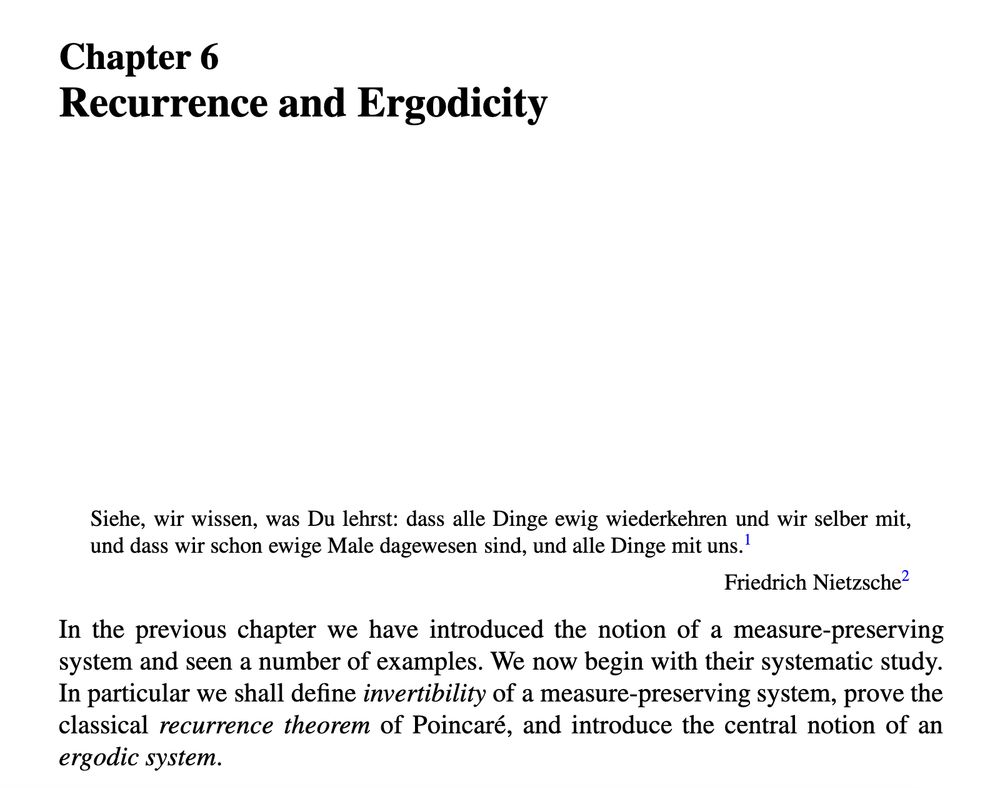Karthik Elamvazhuthi
@clopenloop.bsky.social
Hobbyist in control theory and optimal transportation. Gets high on probability densities and the heat equation.
https://hackmd.io/@clopenloop
https://sites.google.com/view/karthikelamvazhuthi
https://hackmd.io/@clopenloop
https://sites.google.com/view/karthikelamvazhuthi
The road to the maximum principle turns out to be more non-smooth than one might expect.
Boltyanski, Martini & Soltan’s book ( Geometric Methods and Optimization Problems) has far more drama than you’d guess from the Sussmann–Willems survey.
Boltyanski, Martini & Soltan’s book ( Geometric Methods and Optimization Problems) has far more drama than you’d guess from the Sussmann–Willems survey.



October 31, 2025 at 5:24 PM
The road to the maximum principle turns out to be more non-smooth than one might expect.
Boltyanski, Martini & Soltan’s book ( Geometric Methods and Optimization Problems) has far more drama than you’d guess from the Sussmann–Willems survey.
Boltyanski, Martini & Soltan’s book ( Geometric Methods and Optimization Problems) has far more drama than you’d guess from the Sussmann–Willems survey.
Job season in academia can take a toll on confidence, identity, and energy. You’re not alone.
Sometimes it helps to zoom out.
Hunter Wapman’s thesis highlights some interesting hiring patterns:
www.hne.golf/static/pdfs/...
Non-US trends may differ, perhaps shaping distinct knowledge bubbles.
Sometimes it helps to zoom out.
Hunter Wapman’s thesis highlights some interesting hiring patterns:
www.hne.golf/static/pdfs/...
Non-US trends may differ, perhaps shaping distinct knowledge bubbles.


October 24, 2025 at 4:54 PM
Job season in academia can take a toll on confidence, identity, and energy. You’re not alone.
Sometimes it helps to zoom out.
Hunter Wapman’s thesis highlights some interesting hiring patterns:
www.hne.golf/static/pdfs/...
Non-US trends may differ, perhaps shaping distinct knowledge bubbles.
Sometimes it helps to zoom out.
Hunter Wapman’s thesis highlights some interesting hiring patterns:
www.hne.golf/static/pdfs/...
Non-US trends may differ, perhaps shaping distinct knowledge bubbles.
A basin of attraction

October 8, 2025 at 4:33 PM
A basin of attraction
Spot the pika.

September 24, 2025 at 2:45 AM
Spot the pika.
Naive random sampling of initial conditions and control.
September 21, 2025 at 5:10 PM
Naive random sampling of initial conditions and control.
Optimal Transport (OT) is emerging as a versatile tool for control questions. We show an OT-based way to sample from the reachable set (RS), especially useful when systems have strong attractors.
www.researchgate.net/publication/...
RS of Van der Pol vs. naive random sampling (below).
www.researchgate.net/publication/...
RS of Van der Pol vs. naive random sampling (below).
September 21, 2025 at 5:09 PM
Optimal Transport (OT) is emerging as a versatile tool for control questions. We show an OT-based way to sample from the reachable set (RS), especially useful when systems have strong attractors.
www.researchgate.net/publication/...
RS of Van der Pol vs. naive random sampling (below).
www.researchgate.net/publication/...
RS of Van der Pol vs. naive random sampling (below).
Collaborator-in-chief

September 2, 2025 at 4:35 PM
Collaborator-in-chief
I am starting to compile some notes on Generative Modeling for Control Theory. The goal is to include topics such as degenerate Fokker-Planck equations (FPEs) and Optimal transport theory. Here is a first post on the classical (nicer) FPE and its long-term behavior.
hackmd.io/@clopenloop/...
hackmd.io/@clopenloop/...
June 30, 2025 at 12:33 AM
I am starting to compile some notes on Generative Modeling for Control Theory. The goal is to include topics such as degenerate Fokker-Planck equations (FPEs) and Optimal transport theory. Here is a first post on the classical (nicer) FPE and its long-term behavior.
hackmd.io/@clopenloop/...
hackmd.io/@clopenloop/...
Probably a good chapter if it starts with Nietzsche.
- Tanja Eisner, Bálint Farkas, Markus Haase and
Rainer Nagel (Operator Theoretic Aspects
of Ergodic Theory)
- Tanja Eisner, Bálint Farkas, Markus Haase and
Rainer Nagel (Operator Theoretic Aspects
of Ergodic Theory)

June 5, 2025 at 12:28 AM
Probably a good chapter if it starts with Nietzsche.
- Tanja Eisner, Bálint Farkas, Markus Haase and
Rainer Nagel (Operator Theoretic Aspects
of Ergodic Theory)
- Tanja Eisner, Bálint Farkas, Markus Haase and
Rainer Nagel (Operator Theoretic Aspects
of Ergodic Theory)
Denoising an unstable double integrator to sum of two Dirac measures.
See details on the theory in the preprint: www.researchgate.net/publication/...
#controltheory #machinelearning #diffusionmodels
bsky.app/profile/clop...
See details on the theory in the preprint: www.researchgate.net/publication/...
#controltheory #machinelearning #diffusionmodels
bsky.app/profile/clop...
April 14, 2025 at 12:50 AM
Denoising an unstable double integrator to sum of two Dirac measures.
See details on the theory in the preprint: www.researchgate.net/publication/...
#controltheory #machinelearning #diffusionmodels
bsky.app/profile/clop...
See details on the theory in the preprint: www.researchgate.net/publication/...
#controltheory #machinelearning #diffusionmodels
bsky.app/profile/clop...
A blog post on how diffusion models can be used for planning in domains with obstacles : hackmd.io/@TAzH1D5uSQO...
April 6, 2025 at 5:31 PM
A blog post on how diffusion models can be used for planning in domains with obstacles : hackmd.io/@TAzH1D5uSQO...
Convexity lies in the eye of beholder. A note on how nonlinear optimal control problems can be given a convex formulation using the continuity equation. hackmd.io/@TAzH1D5uSQO... #controltheory
December 15, 2024 at 10:36 AM
Convexity lies in the eye of beholder. A note on how nonlinear optimal control problems can be given a convex formulation using the continuity equation. hackmd.io/@TAzH1D5uSQO... #controltheory
Switching between two flows of a skinny neural ODE (blue and red) produces the behavior of a time-averaged thick neural ODE (green).
December 14, 2024 at 11:02 AM
Switching between two flows of a skinny neural ODE (blue and red) produces the behavior of a time-averaged thick neural ODE (green).

